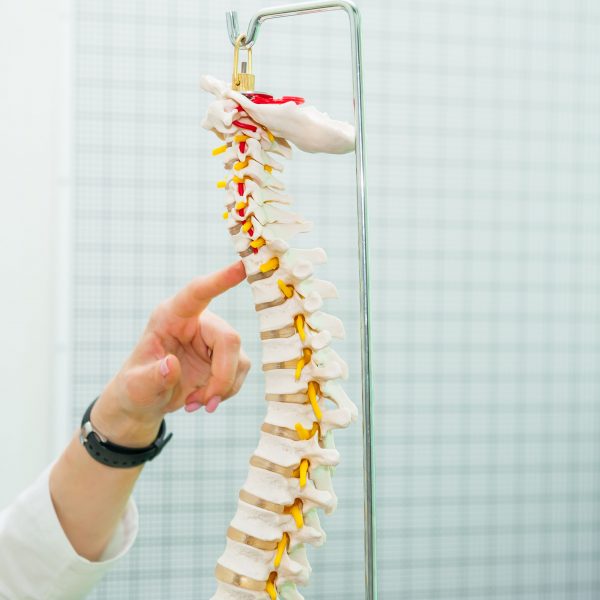Salmon is one of the most popular fishes used for delicacies all over the world. In the United States, it’s the second-most popular seafood after shrimp. Aside from the fact that it tastes really good, it’s also a healthy type of fish.
One serving of this oily fish is packed with omega-3 fatty acids (which can help your heart, brain, and joints), vitamin B12, potassium, and other vitamins and minerals. It may be more expensive compared to other fishes in your local supermarket, but given its nutrients and the way its flavor works in several dishes, quality salmon is worth every dollar.
While salmon can be eaten raw with no harmful benefits, like any type of raw meat, it needs to be handled carefully or you risk food poisoning for yourself or anyone who eats it. And if you’re having it cooked, salmon served undercooked or overcooked can ruin your experience eating the dish.
So, if you intend to cook it, you have to learn how to do it right. These methods can help you understand how to properly cook salmon.
Raw Salmon
If handled correctly, there are a number of ways salmon can be eaten raw.
Contrary to popular belief, sashimi is not sushi. Sushi is a Japanese delicacy that can include rice and a lot of other ingredients (including raw salmon). Sashimi, on the other hand, is another kind of Japanese dish consisting solely of raw fish slices. It can be served with wasabi and soy sauce as garnishes, but other people prefer to eat sashimi without it.
This may sound unhygienic and unsafe for people who are squeamish about eating meats that aren’t cooked well done. But sashimi is a staple dish in Japan, and other countries practice eating raw fish as well. As long as the salmon is fresh and was handled correctly to avoid bacterial contamination, you’re unlikely to get sick eating raw fish.
In Hawaii, their dish Poke is made with raw fish, vegetables, and seasoning. In the Netherlands, they eat soused herring which is just marinated raw herring. And in Latin American countries, it’s common to eat ceviche, which is raw fish cured in the acidity of lime or lemon juice.
How Is It Safe to Eat Raw Salmon?
While there are risks to eating raw fish, there are also risks to eating cooked fish. Frying salmon can reduce the nutrients it carries, including omega-3 fatty acids. By the time it reaches your plate, that piece of salmon may have lost most of its nutrients. People who eat these dishes are still fine and healthy because the fish is served properly and carefully.
Raw salmon can be eaten, but not all pieces of salmon are fit for this type of consumption.
After they’re caught, salmon used for commercial establishments are immediately frozen in below-zero temperatures to kill the parasites. They’re carefully prepared, packed, and sent to restaurants, supermarkets, and other establishments under cold conditions.
If you’re planning to make your own sashimi or raw salmon dish, be careful when handling the fish. Only buy from reliable suppliers because they know how to safely handle salmon in their store. Keep the salmon frozen until it’s time to slice and prepare it.
Sashimi only requires slicing, but be warned that freezing doesn’t kill all bacteria and salmon is still vulnerable to bacteria and other pathogens, so be sure to handle it properly. For other raw salmon dishes, other ways such as marinating, cold-smoking, and curing meat can help complement the flavor of the salmon.
Cooked Salmon
The great thing about salmon is that it can be cooked in many ways in various cuisines. While a few dishes may be an exception and other people have their own preferences, you don’t want to serve undercooked or overcooked salmon. Undercooked salmon still looks raw and has that raw texture some people may not like, while overcooked salmon is dry and unappetizing.
Perfectly Cooked Salmon
This video offers four ways to cook salmon: poached, pan-fried, baked, and en papillote. These are only four of many ways to add salmon to a meal, and there may be hundreds of other ways to cook salmon in other types of cuisine around the world.
Salmon is a flavorful fish, but you still have to season it with salt to bring out its flavor as well as other spices. While cooking on a pan, avoid moving your salmon too much; let it cook on one side first before flipping it over.
You can tell salmon is perfectly cooked by examining the color, texture, and temperature. Using a knife, lightly score the thickest part of the salmon and press the tip halfway down. You need to look at the center’s color to tell if it’s cooked. The color should be slightly pink and translucent at the center.
You might think this is still raw fish, but the leftover heat on the salmon once you take it out of the pan will continue to cook the fish. Taking it out of the heat source while the meat is still slightly pink will prevent the residue heat from overcooking the salmon.
For texture, check for flakiness. A nice salmon has just the right amount of flakiness and can crumble from the meat with very little resistance – but not too much that it’s completely crumbling on its own. Press your knife on the salmon. It should resist flaking but show signs of pulling apart.
Salmon can be cooked with different levels of doneness, and you can determine how done you want your salmon based on its temperature using a thermometer. The center must be over 43 degrees Celsius; anything lower, and it’s considered raw. Here’s a useful video that can help you determine which temperature you should be looking for.
FineCooking.com also offers a comprehensive comparison of the levels of doneness for salmon. Use this guide to help you see the visual differences of each type.
Undercooked Salmon
Undercooked salmon is when you don’t want to eat raw salmon but it failed to reach your preferred level of doneness while it was cooking. Undercooked salmon still has some pinkness to it at the center and is still relatively cold. It does not flake and is almost still tough.
If you’re trying to reach levels of medium to well-done, you don’t want the center to fall within 43 to 52 degrees Celsius as this is still levels of medium-rare and may be too pink for your taste.
Overcooked Salmon

There are plenty of signs to spot that you left your salmon cooking too long. The best sign is if you see a white cream-like substance coming out of the fish. This is albumin, a protein substance pushed out of the muscle fiber as it cooks. When cooked perfectly, you may see a little bit of the albumin. It looks unappetizing, but it is safe to eat. When overcooked, you’ll see a lot of albumin on the fish.
Overcooked salmon easily flakes and crumbles into pieces because you’ve dried out the fish. When you slice into overcooked salmon, the center will be opaque and completely cooked. The center will show a temperature of over 60 degrees Celsius.
Tips When Handling Salmon

- Only buy raw salmon from trusted sellers. This is especially important if you’re planning on eating sashimi or any raw salmon dish. If mishandled, there may still be harmful parasites or bacteria living on a piece of salmon, which may cause food poisoning.
- Before cooking, take your salmon out of the freezer for up to 20 minutes. Cooking salmon straight from the freezer can lead to uneven cooking that could make your outside overcooked and your inside still cold. Let your salmon get closer to room temperature, but for food safety, don’t let it go all the way to room temperature.
- Pat your salmon dry with a paper towel before cooking. Soggy salmon pieces are more likely to stick to the pan, which won’t help if you’re trying to achieve perfectly crispy salmon skin. Always start cooking your salmon skin-side down.
- Don’t overcrowd your pan. You can use any pan you have at home, but we strongly recommend stainless steel or cast iron because non-stick pans may not get as hot as you need for a perfectly crispy skin. Do not overcrowd your pan as it could lead to your salmon not getting cooked evenly. Make sure your pan is very hot before adding your salmon.
- Let your salmon cook untouched. Just like a good quality steak, cooking salmon needs to be left alone without too much prodding, lifting, and flipping before it’s done. Doing so can prevent your salmon skin from getting crispy and the risk of flaking.
Salmon can be the star of a delicious meal, but only if you cook it right. Or, if you’re going for a raw fish dish, handling raw fish carefully can reduce the risk of you getting sick. Eating salmon isn’t going to ensure your health, it can be a tasty way of eating healthier seafood dishes.






